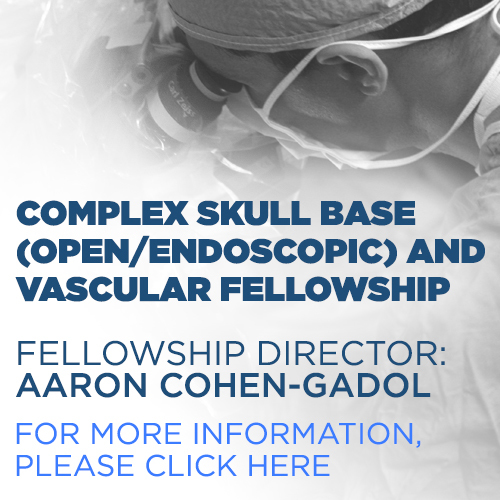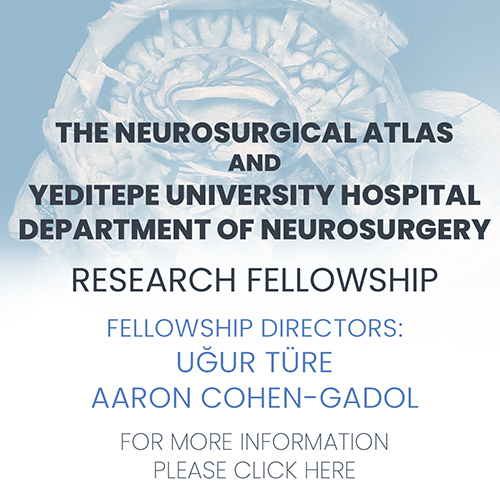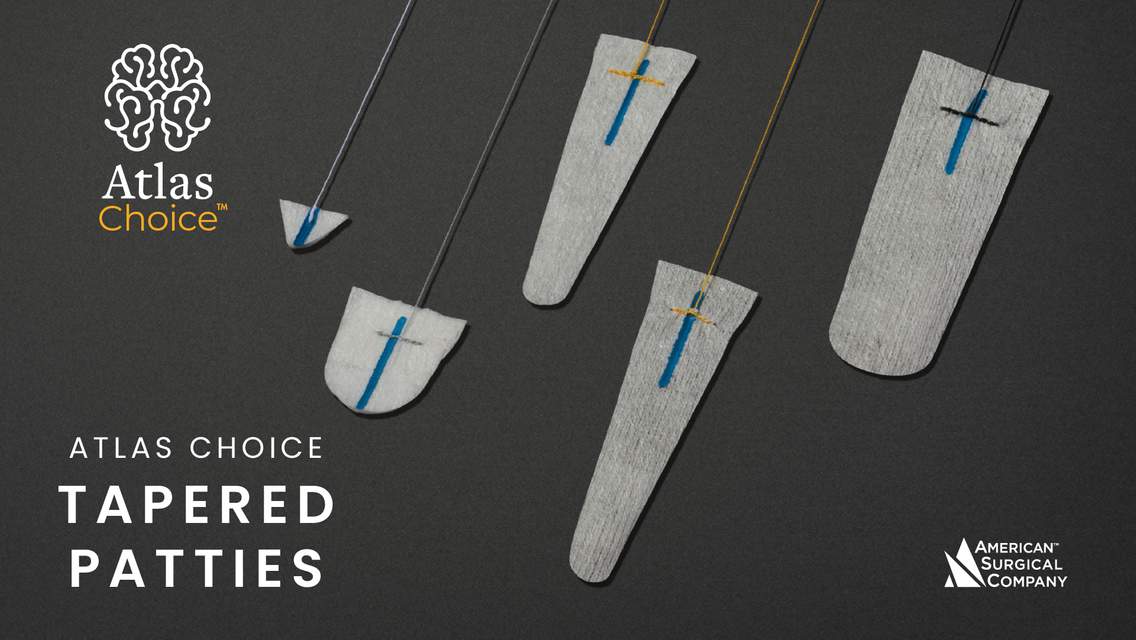Craniopharyngioma
Figure 1: This suprasellar craniopharyngioma demonstrates a high degree of complexity, with heterogeneous, avid enhancement on coronal (top left) and sagittal (top right) postcontrast T1WI. (Bottom) A low-signal-intensity highly proteinaceous cyst is also present within the posterolateral aspect of this mass on axial T2WI.
Figure 2: Sagittal (top left), axial (top right), and coronal (bottom) contrast-enhanced CT images through the skull base demonstrate a relatively homogenous hyperdense suprasellar mass in this adult patient with visual complaints and headaches. Pathology after transphenoidal resection was consistent with a papillary type craniopharyngioma. Note the lack of calcifications and overall homogeneity when compared to adamantinomatous type craniopharyngiomas, which are seen more commonly in children. The differential diagnosis for this lesion would also include a pituitary macroadenoma.
Figure 3: This craniopharyngioma demonstrates typical low T2 signal intensity centrally (top left), indicating highly proteinaceous content. The lesion appears to arise from the sella and demonstrates a typical, somewhat complex peripheral and septated enhancement pattern after contrast administration (top right, axial; bottom left, sagittal; bottom right, coronal). (Bottom Right) The superior cystic component also demonstrates a mix of signal intensities that also likely reflects complex proteinaceous contents.
Figure 4: This craniopharyngioma illustrates intrinsic hyperintensity on T1-weighted imaging, even without intravenous contrast (top left, coronal; top right, sagittal), which reflects the cystic proteinaceous content and peripheral calcifications. (Bottom) The axial postcontrast images demonstrate that the center of this lesion is nonenhancing cyst or necrosis, with only a thin rim of peripheral enhancement after contrast administration. This tumor grows superiorly from the region of the sella and contacts and lifts the optic chiasm (top left and top row right), which puts the patient at risk for visual impairment.
BASIC DESCRIPTION
- Benign tumor arising from Rathke pouch epithelium
- Most common pediatric non-glial-origin tumor
PATHOLOGY
- Two histologic types
- Adamantinomatous: partially cystic mass in children
- Papillary: solid mass in adults
- WHO grade I
- No known genetic or syndromic cause
- Cysts with viscous “crankcase oil” or “motor oil” contents
- Microscopic features
- Adamantinomatous: stratified squamous epithelium with “nuclear palisading,” “wet keratin,” and calcifications
- Papillary: squamous epithelium forming pseudopapilla
CLINICAL FEATURES
- Arise within the sellar region
- Bimodal patient age distribution
- Adamantinomatous: ages 5 to 15 years
- Papillary: age >50 years
- No gender predilection
- Often slow growing
- Presenting signs/symptoms depend on size and extent of tumor: morning headache, visual deficits, endocrine dysfunction (short stature due to growth hormone deficiency, diabetes insipidus, hypothyroidism)
- Treatment
- Gross-total resection
- Recurrent tumors may be treated with surgery, radiation, and/or cyst aspiration
- Prognosis: large tumors (>5 cm) have higher recurrence rate (>80%) than that of smaller tumors (20%)
- Malignant transformation rare
IMAGING FEATURES
- General
- Multilobulated or multicystic mass
- Location may be suprasellar, suprasellar and intrasellar, or completely intrasellar
- Variable size, often large (>5 cm) at time of presentation
- Adamantinomatous: mixed solid cystic or predominantly cystic
- Papillary: predominantly solid
- CT
- Adamantinomatous
- Cystic components are hypodense; solid components are isodense
- 90% with calcifications
- 90% enhance (nodule or rim enhancement)
- Papillary
- Isodense solid tumor
- Calcification much more rare
- Adamantinomatous
- MRI
- T1WI: variable signal due to cyst contents
- Often hyperintense due to proteinaceous material
- Isointense or heterogeneous solid tumor component
- T2WI: variable signal
- Cysts typically hyperintense
- Hypointense foci due to calcifications
- FLAIR: hyperintense cysts
- T2*/GRE/SWI: black signal blooming secondary to calcification
- T1WI+C: enhancement of cyst call and solid tumor components
- T1WI: variable signal due to cyst contents
IMAGING RECOMMENDATIONS
- MRI without and with contrast with thin-slice sagittal and coronal reformats; may include non-contrast CT to evaluate for calcifications
For more information, please see the corresponding chapter in Radiopaedia.
Contributors: Rachel Seltman, MD, and Jacob A. Eitel, MD
References
Barajas MA, Ramírez-Guzmán G, Rodríguez-Vázquez C, et al. Multimodal management of craniopharyngiomas: neuroendoscopy, microsurgery, and radiosurgery. J Neurosurg 2002;97(5 Suppl):607–609. doi.org/10.3171/jns.2002.97.supplement.
Boongird A, Laothamatas J, Larbcharoensub N, et al. Malignant craniopharyngioma; case report and review of the literature. Neuropathology 2009;29:591–596. doi.org/10.1111/j.1440-1789.2008.00986.x.
Clark AJ, Cage TA, Aranda D, et al. A systematic review of the results of surgery and radiotherapy on tumor control for pediatric craniopharyngioma. Childs Nerv Syst 2013;29:231–238. doi.org/10.1007/s00381-012-1926-2.
Eldevik OP, Blaivas M, Gabrielsen TO, et al. Craniopharyngioma: radiologic and histologic findings and recurrence. Am J Neuroradiol 1996;17:1427–1439.
Haupt R, Magnani C, Pavanello M, et al. Epidemiological aspects of craniopharyngioma. J Pediatr Endocrinol Metab 2006;19 (Suppl 1):289–293.
Osborn AG, Salzman, KL, Jhaveri MD. Diagnostic Imaging (3rd ed). Elsevier, Philadelphia, PA; 2016.
Prabhu VC, Brown HG. The pathogenesis of craniopharyngiomas. Childs Nerv Syst 2005;21:622–627. doi.org/10.1007/s00381-005-1190-9.
Sartoretti-Schefer S, Wichmann W, Aquzzi A, et al. MR differentiation of adamantinous and squamous-papillary craniopharyngiomas. Am J Neuroradiol 1997;18:77–87.
Please login to post a comment.
















